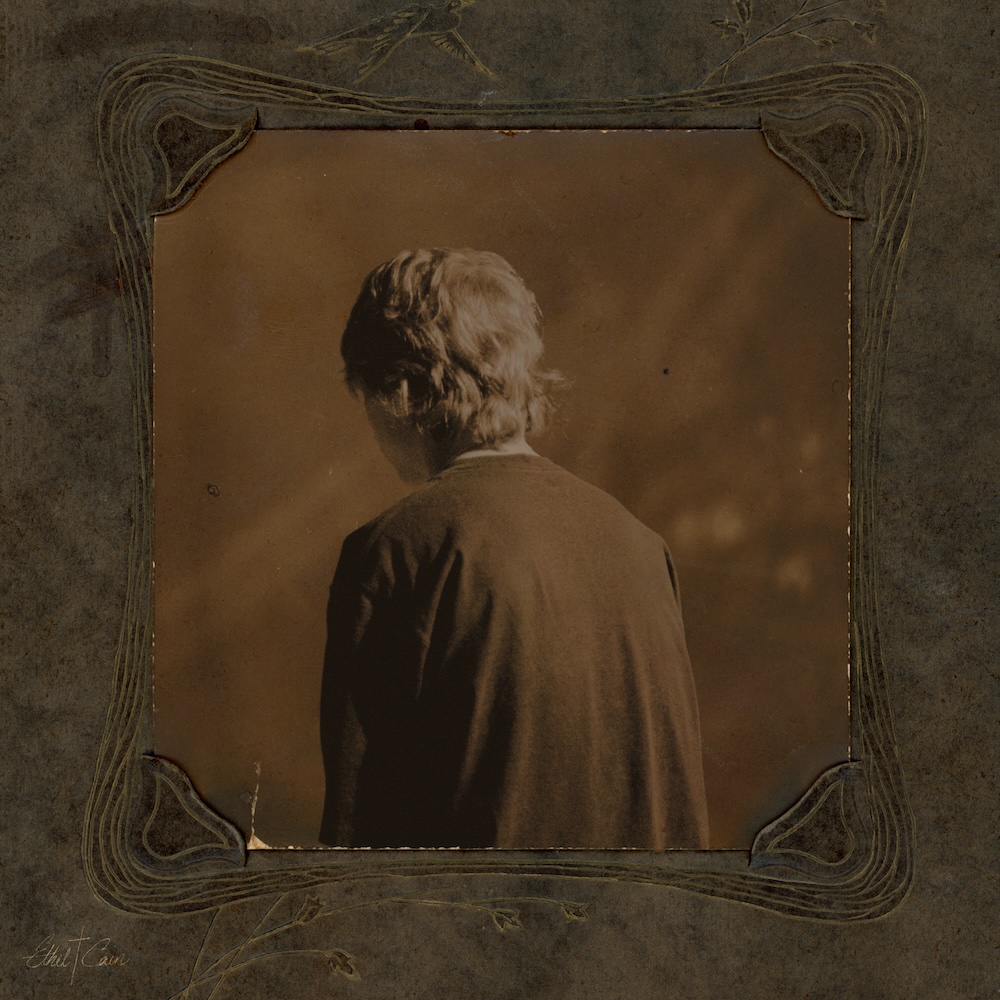On Aug. 8, American singer-songwriter Ethel Cain released her fourth studio album titled, “Willoughby Tucker, I’ll Always Love You.” Cain, whose real name is Hayden Anhedönia, made it clear that her primary intention with her latest release was to explore the story of Ethel Cain before her 2022 album “Preacher’s Daughter.” It is important to note that Ethel Cain is a character, which Anhedönia has constructed through years of lore and world-building released via musical albums. In this way “Willoughby Tucker, I’ll Always Love You” serves as the prequel for Ethel Cain, before the events of “Preacher’s Daughter” take place. Like the name suggests, the album focuses on Ethel Cain’s high school years in the late 1980s, specifically her relationship with her boyfriend Willoughby Tucker. Other characters in the world of Cain are mentioned as well, such as Ethel’s best friend Janie (in the track titled after her) and a girl named Holly. The events presented chronologically through lyrical storytelling mostly serve to examine the relationship between Ethel and Willoughby, as well as its demise. Anhedönia is well known for utilizing specific aesthetics to accompany her works, especially southern gothic. This makes sense, as Anhedönia herself is from southern Florida, and the story of Ethel Cain primarily takes place in the town of Shady Grove, Alabama. This aesthetic continues to be present in Willoughby Tucker, which helps further connect the established narratives between “Preacher’s Daughter” and “Willoughby Tucker, I’ll Always Love You.”
The sadness that often accompanies this regional aesthetic is also deeply entrenched in all of Anhedönia’s music, including her latest album release. While much of Willoughby’s story is left up to audience interpretation, it’s made apparent that he has suffered abuse at the hands of his father and eventually is abandoned by Ethel which emotionally destroys him. This is depicted lyrically in both “Tempest” and “Waco, Texas”—the last two tracks on the album. While Anhedönia does not explicitly clarify if Willoughby dies at the end of the album, it is heavily implied that he either died in a tornado or by suicide after the Ethel left him to face the tornado on his own. Anhedönia partially implies this through sound design, in which she utilizes both hospital monitors beeping and a tornado warning siren in some of her later tracks. The continued demonstration of the tragedy of youth and the effects of cycles of abuse by Anhedönia is grounded in a regional aesthetic which helps to strengthen the characters’ motivations and backstories. It’s important to note here that the album “Preachers’ Daughter” ends with Ethel’s murder and cannibalization. Anhedönia achieves this haunting effect not only through her lyrical story telling, but also sound and production design.
Her lyrical, instrumental and storytelling abilities are on full display in her latest release. Willoughby Tucker’s release truly exemplifies Anhedönia’s ability to develop characters outside of the main narrative, and give them a life of their own. There was only one song entirely dedicated to Willoughby on the album “Preacher’s Daughter”: “House in Nebraska,” Ethel’s reflection on an abandoned house she and Willoughby would pretend to be married to each other in. That song highlights the escapism and imagination that Ethel shared with Willoughby, and especially reflects her desire for a better life outside of Alabama. On “Preacher’s Daughter” only one relatively happy aspect of Ethel and Willoughby’s relationship is explored. However, on “Willoughby Tucker, I’ll Always Love You,” Ethel and Willoughby’s relationship becomes much more complicated and multifaceted. We, as an audience, can examine how Ethel builds Willoughby up in her head as an idea, and how this comes crashing down. This is especially clear in the song “Tempest,” which is the only song written from Willoughby’s point of view. He states, “Do you swing from your neck with the hope someone cares?” This deep insult demonstrates the complete fracture of their relationship, and serves as an absolute contrast to the escapism and imagination that Ethel believes Willoughby provided her as stated in a “House in Nebraska.” This complete shift in Ethel’s perception of Willoughby further demonstrates Anhedönia’s ability to write complicated characters. While Anhedönia’s is on her biggest tour to date, promoting her latest release, audiences should be noting her ability to create characters and write worlds that so many people resonate with.


